I'm playing with MySQL 8's new JSON capabilities, in particular multi-value indexes.
I noticed that there are 2 ways to check if a JSON array contains a given value: the MEMBER OF() operator, and the JSON_CONTAINS() function.
They both return the same set of results for every query I make, but surprisingly, MEMBER OF seems to be 3x faster than JSON_CONTAINS.
Example on a table with 200,000 records, with around 700,000 values total in the catIds fields:
CREATE TABLE test (
id INT UNSIGNED NOT NULL AUTO_INCREMENT,
catIds JSON NOT NULL,
PRIMARY KEY (id),
KEY test_categories ((CAST(catIds AS UNSIGNED ARRAY)))
);
INSERT INTO test (catIds) VALUES('[123, 456]');
...
... some 200,000 inserted records later:
mysql> SELECT count(*) FROM test WHERE 51 member of (catIds);
+----------+
| count(*) |
+----------+
| 7287 |
+----------+
1 row in set (0.11 sec)
mysql> SELECT count(*) FROM test WHERE JSON_CONTAINS(catIds, '51');
+----------+
| count(*) |
+----------+
| 7287 |
+----------+
1 row in set (0.36 sec)
If first thought that this was because the stringified JSON value '51' was maybe converted on each iteration, so I tried assigning it to a variable first; but this does not make it any faster:
mysql> SET @value = CAST(51 as JSON);
Query OK, 0 rows affected (0.00 sec)
mysql> SELECT count(*) FROM test WHERE JSON_CONTAINS(catIds, @value);
+----------+
| count(*) |
+----------+
| 7287 |
+----------+
1 row in set (0.38 sec)
Unless I'm mistaken, MEMBER OF() and JSON_CONTAINS() are equivalent feature-wise. In this case, why is one of them faster than the other?

